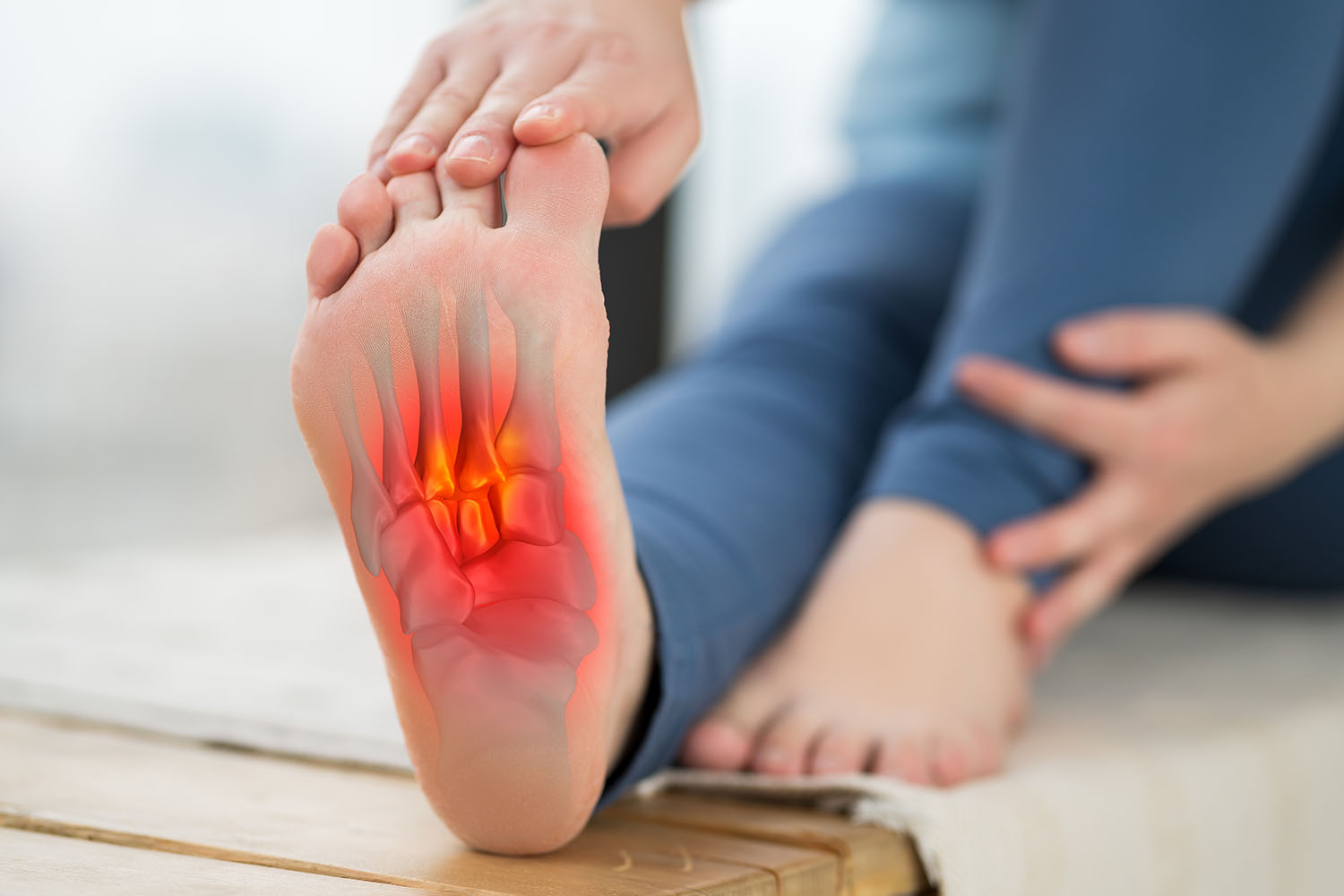Overview
The human foot is a complex structure composed of numerous bones, muscles, tendons, and ligaments, each playing a vital role in movement, balance, and overall function. Understanding the parts of feet is essential for appreciating their complexity and significance in our daily lives. Let’s delve into the anatomy of the foot, supported by facts and international research.
Bones of the Feet
The foot contains 26 bones, which can be categorized into three main groups: tarsal bones, metatarsal bones, and phalanges.
- Tarsal Bones: There are seven tarsal bones in each foot, including the calcaneus (heel bone), talus, navicular, cuboid, and three cuneiform bones. The calcaneus is the largest bone, providing the foundation for the rear part of the foot and forming the heel.
- Metatarsal Bones: The five metatarsal bones form the middle part of the foot. They are numbered from one to five, starting from the big toe (hallux) to the little toe. These bones are crucial for weight distribution and balance while walking or standing.
- Phalanges: The toes consist of 14 phalanges. Each toe has three phalanges (proximal, middle, and distal) except for the big toe, which has only two. These bones allow for the flexibility and movement necessary for various activities.
Muscles and Tendons
The foot’s muscles and tendons are responsible for its movement and stability. They can be categorized into intrinsic and extrinsic muscles.
- Intrinsic Muscles: These muscles are located within the foot and are responsible for fine motor movements, such as curling and spreading the toes. Key intrinsic muscles include the lumbricals, interossei, and flexor digitorum brevis.
- Extrinsic Muscles: These muscles originate in the lower leg and extend into the foot. They control major movements like dorsiflexion, plantarflexion, inversion, and eversion. Important extrinsic muscles include the tibialis anterior, gastrocnemius, and soleus.
Tendons connect muscles to bones, facilitating movement. The Achilles tendon, the strongest and largest tendon in the body, attaches the calf muscles to the calcaneus, enabling activities like walking, running, and jumping.
Ligaments and Arches
Ligaments are fibrous tissues that connect bones to other bones, providing stability to the foot. The foot contains several important ligaments, including the plantar fascia, which runs along the bottom of the foot and supports the arch.
The foot has three arches: medial longitudinal, lateral longitudinal, and transverse. These arches act as shock absorbers, distributing body weight and providing balance. Proper arch function is crucial for preventing injuries and ensuring efficient movement.
The Role of the Feet in Human Movement
The parts of feet work together to perform complex functions essential for mobility and balance. Research highlights the foot’s role in biomechanics and its adaptation to different surfaces and activities. For instance, a study published in the Journal of Biomechanics examined how foot structure influences gait and pressure distribution, revealing the intricate relationship between foot anatomy and movement efficiency.
Health and Care of the Feet
Maintaining foot health is vital for overall well-being. Conditions like plantar fasciitis, bunions, and flat feet can impact mobility and quality of life. International research emphasizes the importance of proper footwear, regular exercise, and timely medical intervention to prevent and manage foot-related issues.
A study by the International Journal of Sports Medicine found that athletes who wore properly fitted shoes experienced fewer foot injuries. Additionally, routine foot care practices, such as stretching, strengthening exercises, and hygiene, contribute to the longevity and functionality of the feet.
The parts of feet, from bones and muscles to tendons and ligaments, create a remarkable structure that supports and propels us through life. Understanding and caring for this complex anatomy is essential for maintaining mobility and preventing injuries. As research continues to uncover the intricacies of foot function, we gain a deeper appreciation for the marvel of the human foot.
By acknowledging the significance of each component, we can ensure our feet remain healthy and strong, enabling us to navigate the world with ease and confidence.



